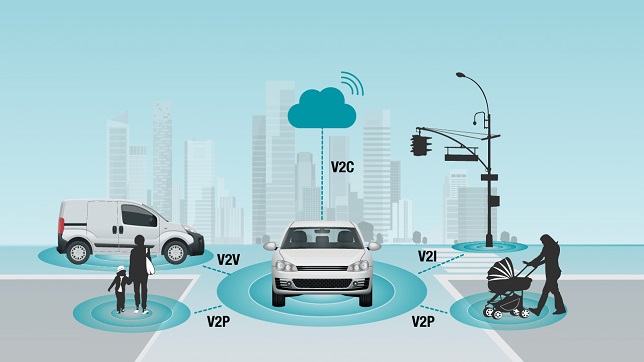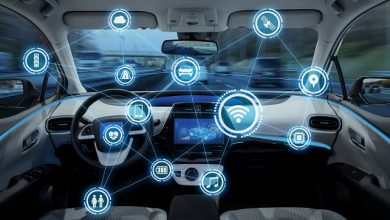Connected and Safe

Let me begin by saying, Thank you Hon’ble Minister, Shri Gadkari ji and The Road Safety Cell of Maharashtra. For the first time, we are seeing ‘Road Safety’, reaching the masses; which otherwise has been limited to those either working in road safety or promoting road safety or somehow associated with it. When a sport which has the biggest following gets associated with road safety, it is bound to become a household word. The “2020-21 Road Safety World Series”, which has cricketing legends participating from all across the world, has helped connect the masses with road safety.
The Road Safety would continue to stick with the larger audience and masses in days and months to come, and the benefits, however residual it may be, carry the road safety message to individuals across the country.
The highways being built have increased to nearly 34km/day, which is a significant jump from what we were having earlier. With improved roads and highways in India, and more to come in coming years (roads will have investment of over Rs 25 lakhs crores or ~US$325 Billion), more and more vehicles are going to hit the road. Goods transport vehicle would connect the remote corners of the country with the consumption hubs- metros and big cities. But, the euphoria of good road and long distance travel or goods transport would come to a naught if we do not improve on road safety. Our road accidents and resulting loss of lives is very high compared to similar economies.
Ministry of Road Transport and Highways and particularly Shri Gadkari ji has been working on a multi pronged approach to road safety. They have identified black spots of accidents on highways across the country. The ministry is working with the state government to remove them. Advocating use of ADAS, steeper fines for violating traffic rules, encouraging the transport industry to set-up hubs for good transport drivers on highways, continued road safety public programmes to raise awareness etc could possibly reduce the accidents by fifty percent(As targeted by MoRTH).
The ministry should also look at the connected vehicle for improving road safety. What has connected vehicle to do with road accidents? Surely it can contribute a lot.
MoRTH could widen the horizon of its road safety to create awareness and campaign on use of new technologies which would use the connected vehicle platform. Be it in-cab coaching, vehicle monitoring, remote diagnostics and preventive maintenance. Apps and devices which can assess driver fatigue using either video/image analytics to monitor the pupil and eye of the driver to monitor the driver’s grip on vehicle steering using haptic control, can prevent thousands of accidents.
While the same driving license is issued based on Motor Vehicle Act 1988, the driving habit varies if not with dialect, which changes every 20 Km, at least with type of town/city- metro, tier 1, tier 2 town etc. A person who has been driving a vehicle in my home town of Giridih (Jharkhand) would be at complete unease, driving a cab here in Delhi NCR. We can have an ‘App’ which can help drivers learn the nuances of driving in metros. With the shared mobility there has been substantial migration of drivers from tier2 towns to metro cities and they can benefit through improved driving habits. Not only this, an app for coaching on good driving habits to a person who is born and brought up in the metro is also needed. App for coaching the driver on how to drive based on analysis of his driving, will help him overcome the gaps faster. Many times, it is the tips and tricks of his ‘ustad’ or trainer which sticks with him all along.
The connected vehicle ecosystem which is now having apps in their in-vehicle infotainment system, will be helpful in improving road safety. Need to connect the driver with the larger ecosystem and make him aware of roads and black spots is also quite feasible. Kind of ‘Talking Tom’ of yesteryear, if made available through an app on mobile or ‘touch screen’ (IVI), can coax the driver to take a break, if the drive has been longer than safe driving limit. The vibrant start-up ecosystem is waiting to flood the possible users with apps for improved driving habits; let there be some pull to demonstrate the economic feasibility or intent of the government to push such road safety apps.
Author:

Maneesh Prasad
CEO & Editor
Telematics Wire
Published in Telematics Wire



